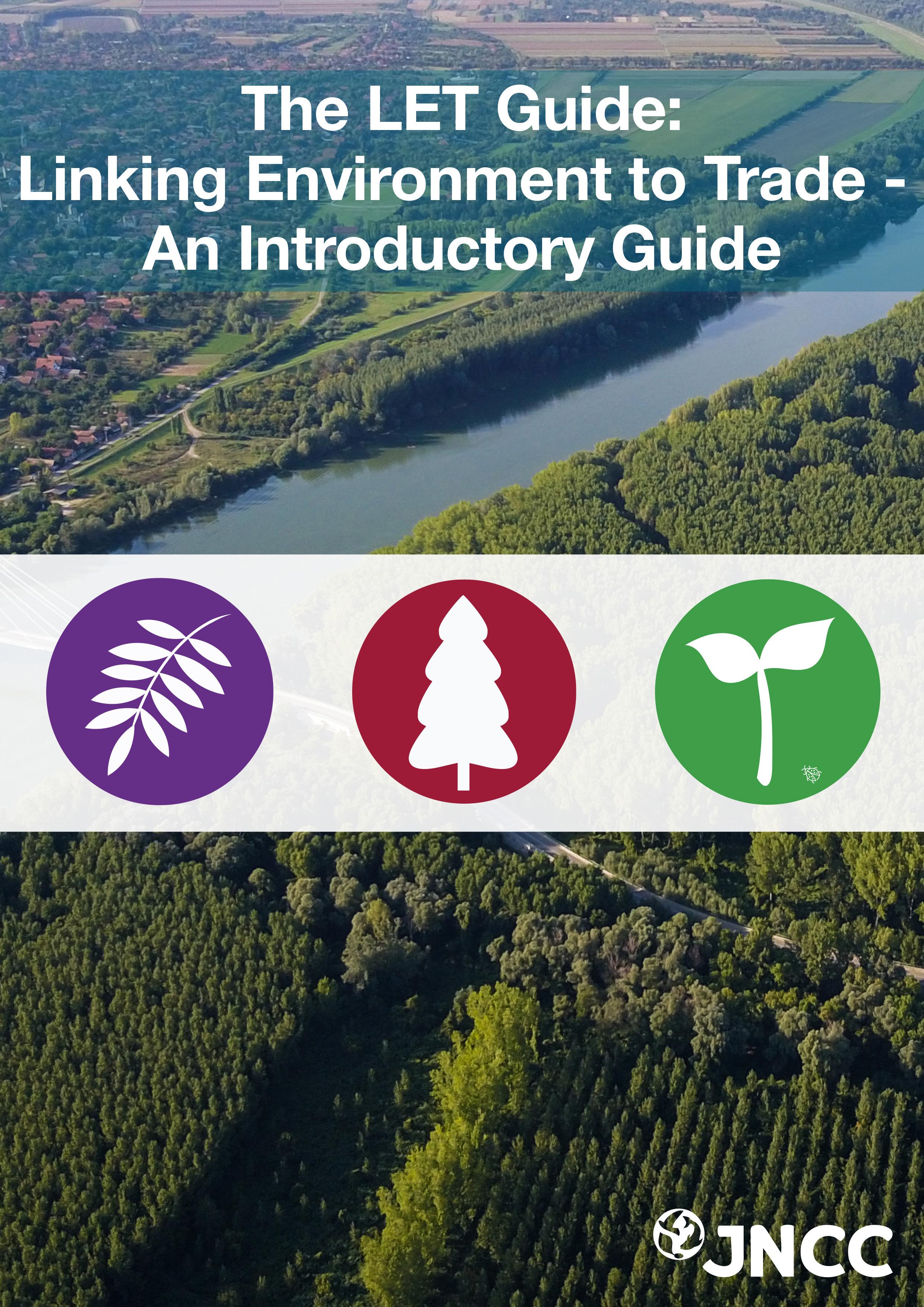
2 minute read
JNCC Nature News Autumn-Winter 2020
Understanding the environmental impact of UK consumption
The LET Guide (Linking Environment to Trade), produced by JNCC and funded by Defra, has been published and it aims to answer three key questions:
• What mechanisms are available to help measure the impact of UK consumption?
• How can we measure UK's impact on the environment overseas?
• How can these measures contribute to reducing the impacts?
50% of food and fibre consumed in the UK is imported from other countries. Production, processing and transport of these commodities across the globe has a major impact on ecosystems, driving land-use change, biodiversity loss and contributing significantly to global greenhouse gas emissions. As consumption increases globally, pressure for countries to take responsibility for and to manage their impacts overseas is increasing.
Quantifying this impact allows us to understand how and what we might do to reduce it. However, as supply chains have become increasingly complex with multiple stops or transfers before reaching UK soil, lack of traceability has become a huge barrier to progress. In recent years, increasing awareness of the UK's environmental impact overseas and its nuances has driven an explosion in approaches to measure and manage it. Not only are there hundreds of different initiatives, but these are dispersed across the internet and beyond, making it impossible to compare them or decide which is appropriate for use in different contexts.

The LET Guide: Linking Environment to Trade - An Introductory Guide
To help de-mystify this area, building on work by the GCRF Trade, Development and the Environment Hub, we assembled and evaluated information on over 250 initiatives which link consumption to quantified production impacts. Using this information, we have produced a guide setting out 'the big picture' regarding trade and environmental impacts and 'pathways' to reducing this impact. The guide also includes an extensive tools and techniques section which provides high level definitions of approaches used and directs the user to further information on relevant initiatives.
Our work highlighted several fundamental approaches to measuring the environmental impacts of a country’s consumption overseas. These included modelling trade flows, use of Earth observation technology, due diligence approaches and the use of sustainability frameworks which foster a common understanding of sustainability. Then, we considered how the approaches can be applied to drive change through 'pathways to sustainability' applied to five sectors; land use and landscape management, raw material sourcing, policy and governance, financing and investing, and consumer purchasing. Finally, we were able to conclude the future direction of this work area and the knowledge gaps which are needed to be addressed in order to move forward.
Perhaps the most predictable yet most important finding was that interconnected and globalised communication and knowledge-sharing across sectors are keys to progress and achievement of sustainability goals. To this effect, we hope the LET will provide an accessible introduction to the field for multiple stakeholders across government, industry and the third sector, particularly as work aiming to reduce the UK’s overseas environmental impact develops.
Contact
Johanna Hawker, International Biodiversity Adviser jo.hawker@jncc.gov.uk




